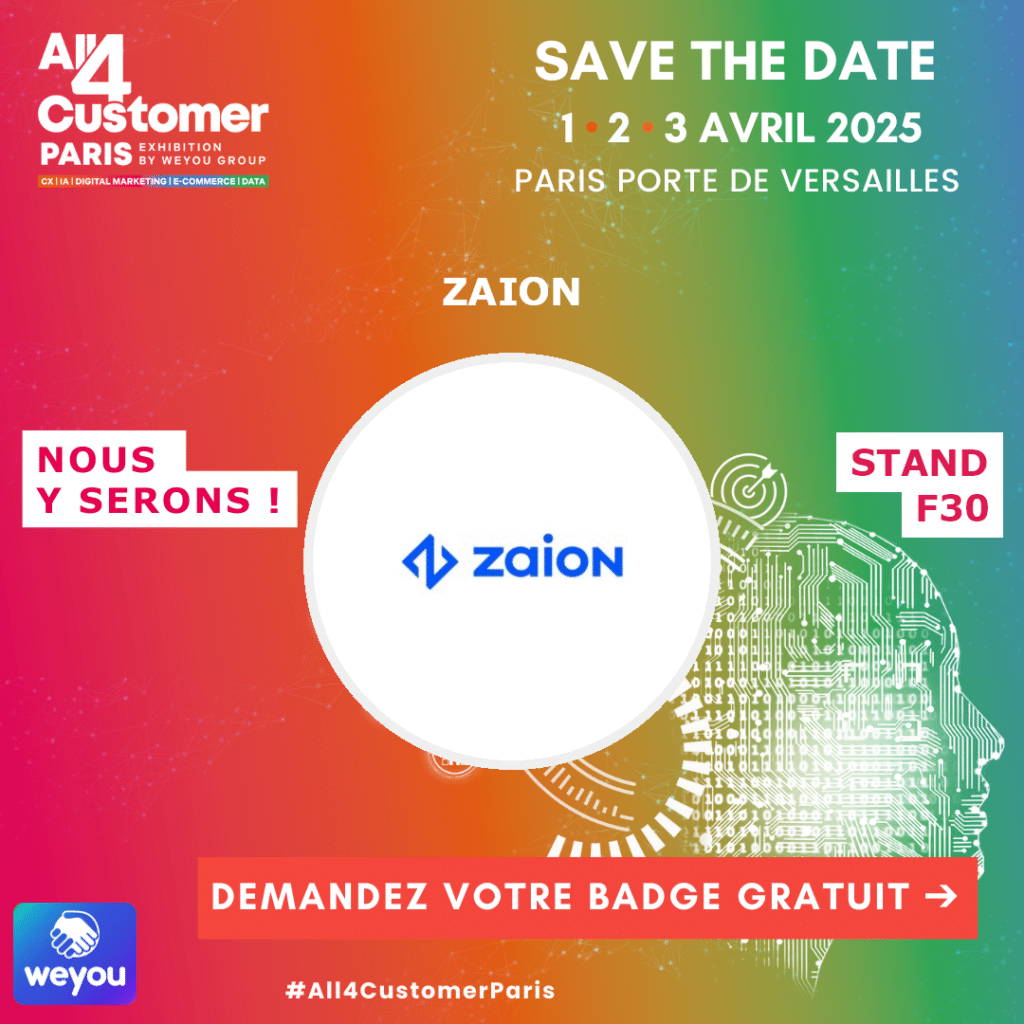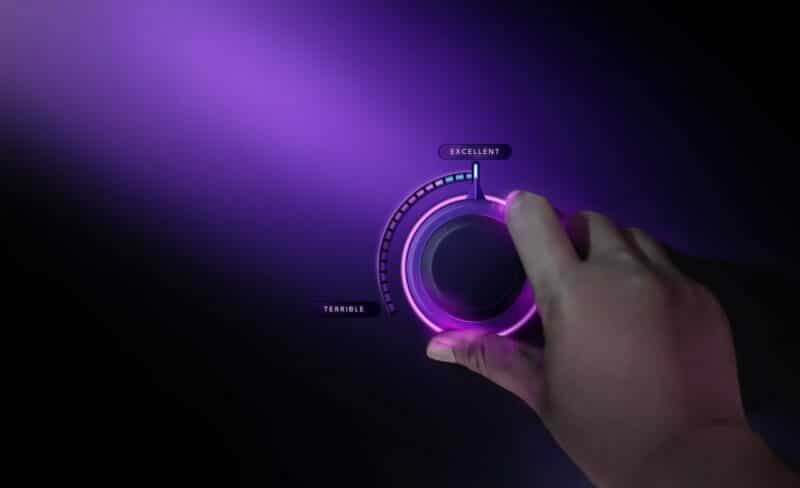How to humanize customer relations in the digital age?
Is automating and humanizing customer service a paradox? At Zaion, a specialist in artificial intelligence-based customer relations, we call it a "revolution". Because only the right balance between bot and human can keep tomorrow's businesses running smoothly.
In today's instantaneous world, the customer experience must be seamless. Customers need to be able to contact a company at any time to obtain precise information quickly. Yet customers also need to feel understood as individuals. They like to retain a human dimension in their exchanges. So there's a need to automate customer relations, but there's also a need to personalize them. How can this be achieved? The answer with Zaion.
Towards automated customer relations
Customers are demanding. When they call a company to solve a problem, they need fast, transparent and clear service. According to a study by Arise, 65% of consumers refuse to wait more than two minutes on the phone. Most regret having to repeat their request when they change callers. It's also worth noting that in the digital age, it's much easier to change partners (bank, insurance company, telephone operator...). And if your customer or prospect can't interact properly with your company, chances are they'll turn to the competition.
During specific periods (back-to-school, Christmas holidays, health crises...), call centers are overloaded. This is even more the case when customer service is only available by telephone. The customer experience and brand image are likely to suffer. Today, companies wishing to satisfy their customers have no choice but to automate their customer relations. The good news is that this new organization will bring nothing but benefits in the future!
Automated, immediate and omnichannel customer service (also available by e-mail, chat, social networks...) simplifies life for customers and employees alike. It shortens response times and relieves agents of repetitive, low-value-added tasks. Zaion's callbot, a virtual assistant based on artificial intelligence (AI), is capable of understanding and interpreting the human voice over the telephone. Available 24/7, it manages the entire call process through its team of bots:
- The Welcomebot greets the customer in natural language, collects his personal information and qualifies the request;
- The Processingbot processes the request from end to end, without the need for a human agent;
- If the request requires the intervention of an advisor, theoverflowbot takes over during the waiting period and carries out pre-processing, while the callbot transfers the customer's information to the advisor.
- Kraisis intervenes in crisis situations: this bot answers all calls, regardless of volume.
In short, customer relationship automation means greater customer and agent satisfaction, lower operating costs and greater productivity.
Customer relationship automation: mistakes to avoid
Would you like AI to take charge of your customer service to save time? Be careful, automating customer relations is not something you can improvise. It's all very well to buy bots, but let's not forget that the objective is to give consumers the response they expect. So it's essential to choose the right service provider and the right automation tools. Otherwise, you'll only make the customer experience worse. Here are a few mistakes to avoid:
- Exclude human interaction: a bot takes care of tasks that can be automated (appointment scheduling, order tracking...). It is designed to respond to "simple" requests. Don't let the customer struggle with a virtual agent (callbot or chatbot) when the request requires the intervention of a human agent. Your software must be capable of correctly qualifying requests, so as to refer them to the right person if necessary;
- Separate communication channels: your customer hasn't been able to get a complete answer on chat, for example, and decides to contact your company by phone. Ideally, you don't want to have to repeat the request. Consider an omnichannel solution that conveys context and ensures a seamless customer experience;
- Failure to update the database: your callbot will be useless if it delivers out-of-date information. Your automation tool must provide for database updating, query analysis and performance monitoring. To achieve this, your AI must be based on a machine learning system.
How do you humanize automated customer service?
To offer the best possible service to your customers, don't lose sight of the fact that AI will be communicating with people. The more fluid and personalized the exchanges, the more human the relationship. That's why you should use machine learning to enhance your automation tools. This technique, based on algorithms, enables us to learn from past exchanges and continually improve. It's the best way to personalize the relationship with a customer. The tool will remember the problems encountered by the person, their purchases, their preferences, previous call paths... After each exchange, Zaion's callbot improves. It is able to understand natural language speech without any problem, and can even detect emotions on the phone.
It's also worth noting that it's the human who continues to oversee the entire process. The bot is not intended to replace your advisors. On the contrary, it is designed to assist them and make their day-to-day work easier. Your human agents then have more time to respond to complex, high-value-added requests, and can work in the best possible conditions. If you'd like to boost employee commitment and quality of life at work, we'd like to refer you to our article on management by care, which goes hand in hand with symmetry of attention, when employee satisfaction is passed on to customer satisfaction.










